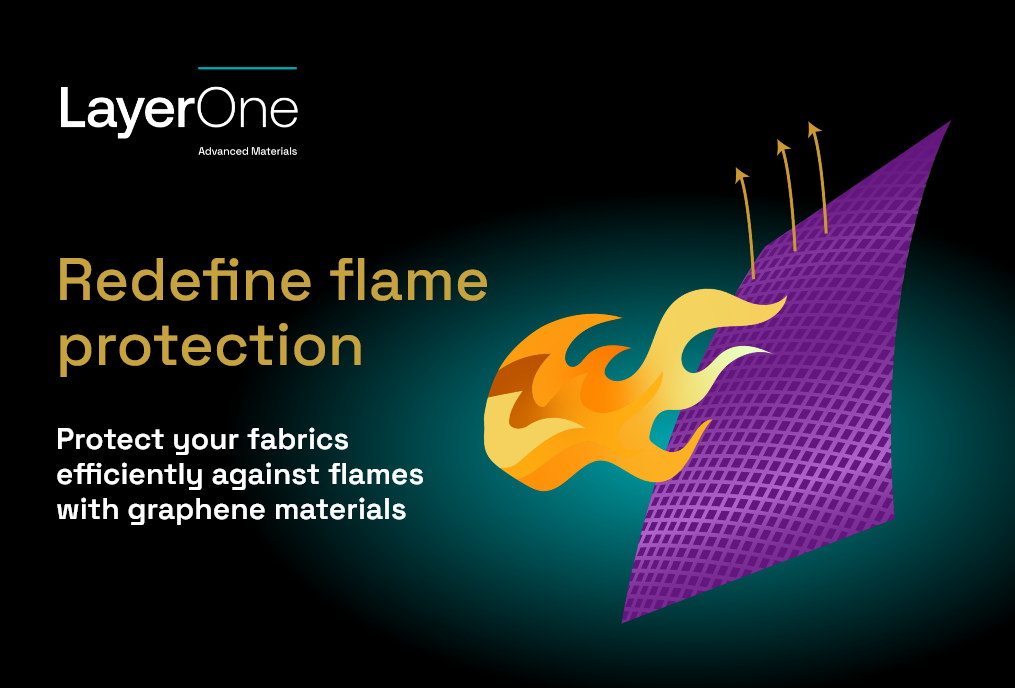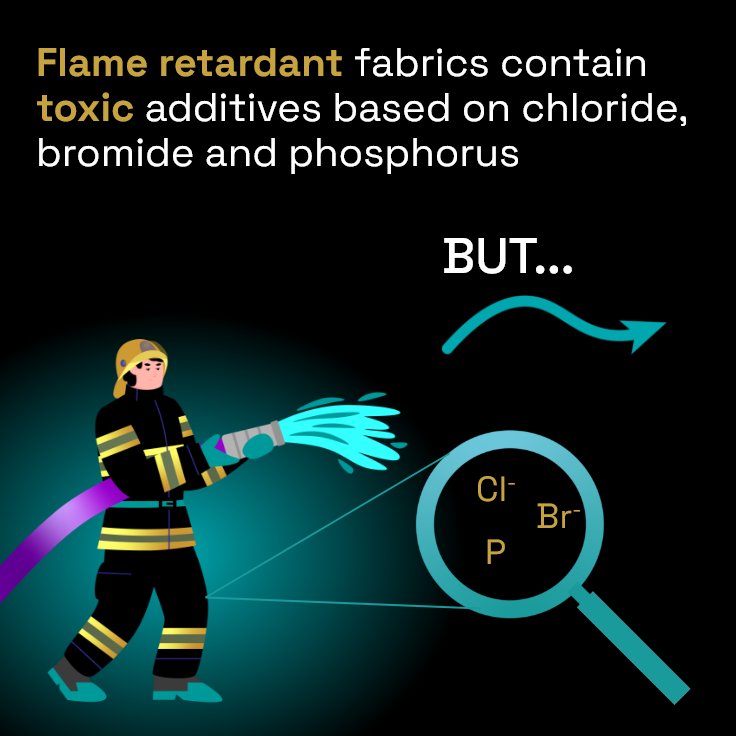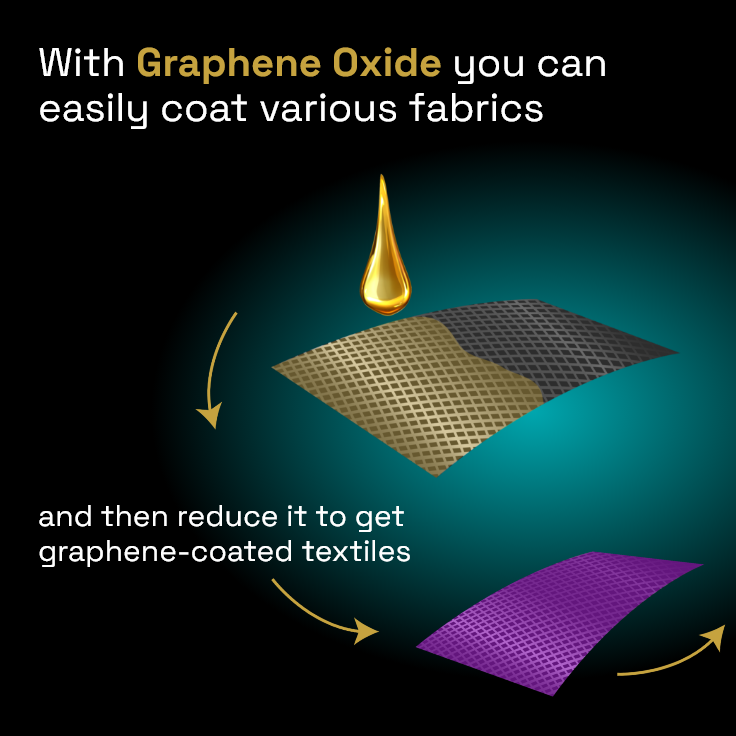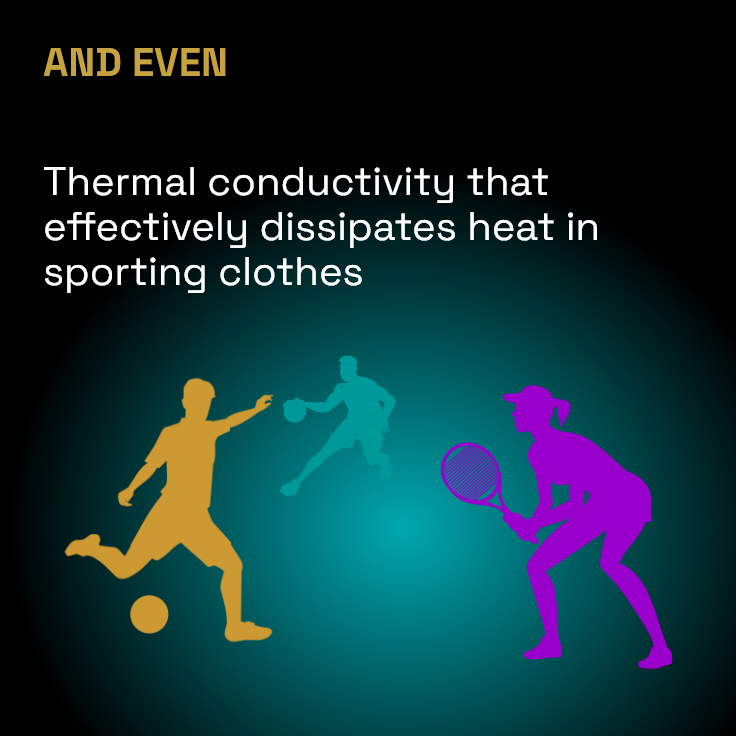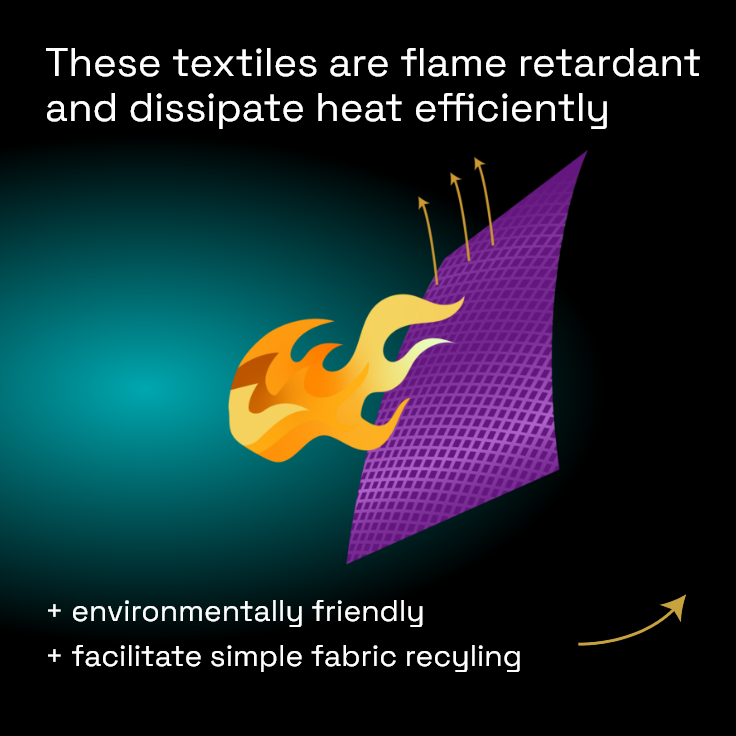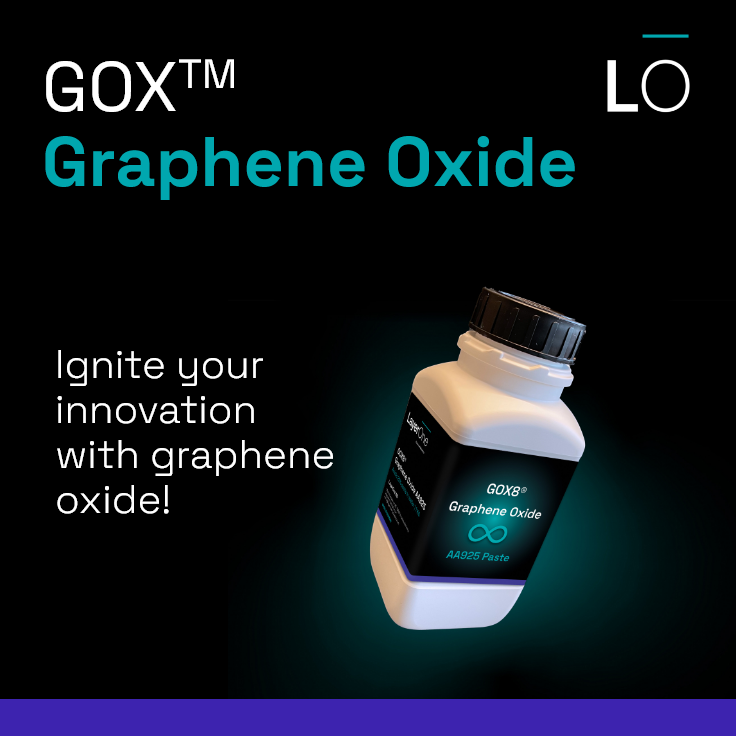Graphene materials: the green key to flame-retardant fabrics
In the textile industry, traditional flame-retardant additives have long been an essential component to ensure the safety of fabrics. However, a significant drawback associated with these additives is their environmental footprint. Halogens and phosphorus, often found in these additives, can be released into the environment, posing detrimental effects not only to nature but also to humans and animals due to their toxic properties.
As the industry strives to balance safety and sustainability, an innovative solution has emerged: Graphene materials. These ground-breaking materials are proving themselves to be a game-changer in the realm of textile safety and sustainability.
The power of Reduced Graphene Oxide in textiles
Reduced Graphene Oxide (rGO) can be coated on top of various fabrics, creating a protective layer that effectively shields the fabric from flames due to the following factors:
High thermal conductivity: rGO can quickly dissipate heat away from the source of the fire
Barrier properties: rGO sheets can form a barrier that can hinder the penetration of oxygen that would otherwise promote combustion
Char formation: When exposed to high temperatures rGO can form a stable char layer that acts as a protective barrier, insulating the underlying material from the flames
Free radical scavenging: rGO traps highly reactive free radicals generated during combustion, interrupting the chain reaction and reducing the fire's intensity.
Reinforcement: rGO strengthens materials, preventing breakdown under fire's extreme conditions, thus extending its flame-resistant barrier effect
However, coating fabrics with rGO can be challenging due to its hydrophobic and inert nature. rGO resists dispersion in coating solutions, struggles to bond with fibers during application, and tends to delaminate post-coating, potentially being released into the environment.
Using Graphene Oxide for a stable rGO coating
An effective alternative to simplify the coating process is to use Graphene Oxide (GO) instead of rGO, following the so called “GO for rGO route”.
Despite being flammable, Graphene Oxide disperses easily in coating solutions due to its hydrophilic nature and bonds effectively with fibers, preventing release and delamination. After coating the fabric with GO, the material undergoes a reduction process, either through high temperature or a chemical reduction reaction. This process forms a layer of rGO directly on the surface of the fabric, which remains well-bond to the surface of the fibers and significantly boosts the fabric's resistance to combustion. The “GO for rGO route” simplifies the coating process while retaining rGO's flame-retardant benefits.
Functionalized Graphene Oxide as next-level flame retardant
Graphene Oxide's versatility lies in its modifiable surface groups, enabling tailored properties for specific needs. Certain functional groups enhance its fire resistance while ensuring effective coating due to maintained high polarity. Grafren, a Swedish company, utilizes this method by applying a functionalized Graphene Oxide coating on glass fibers. This imparts exceptional fire resistance, making the glass fiber textile suitable for diverse applications.
Beyond fire resistance: expanding the horizon of textile innovation
But the wonders of graphene-coated fabrics don't stop there. Apart from offering improved flame resistance, this novel approach ensures that fabrics are not only more environmentally friendly but also multi-functional. The reduced Graphene Oxide layer bestows the fabric with electrical and thermal conductivity. Such features expand the horizons for fabric applications, especially in the burgeoning field of smart textiles and sports gear. Imagine workout apparel that can monitor your heart rate or heating elements integrated into winter wear.
If you're interested in exploring how the flame-retardant properties of graphene can be integrated into your products, we're here to assist. Let's shape the future of textiles together!
